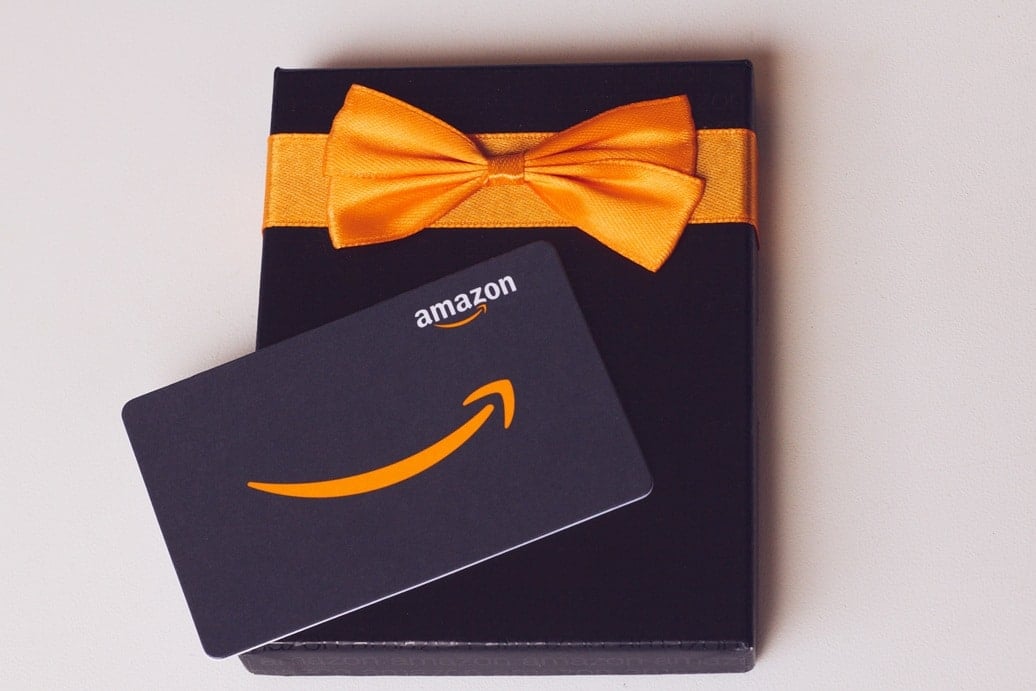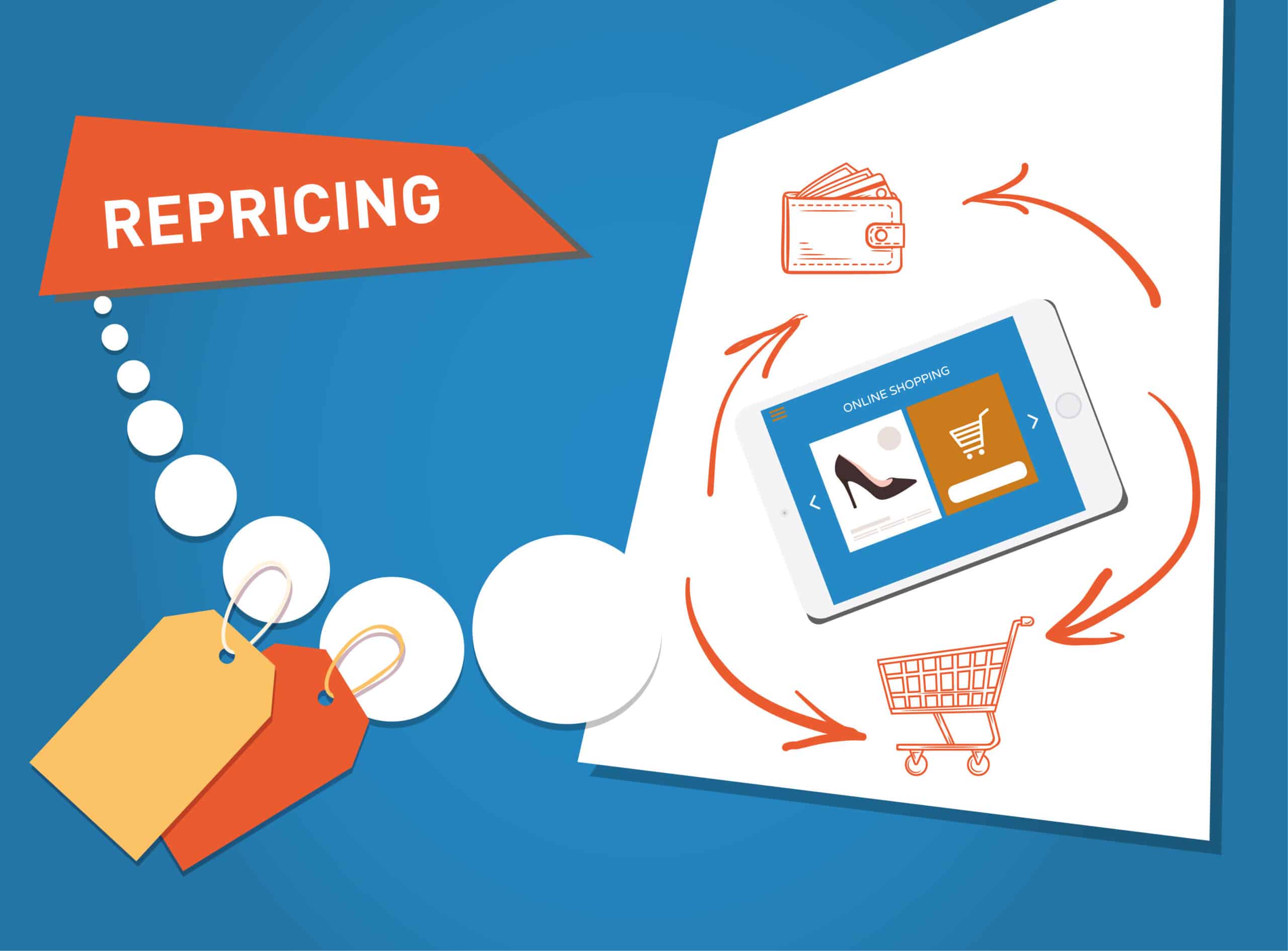How can Amazon sellers make the most of seasonal demand? The answer is adjusting prices strategically. Seasonal trends drive big swings in consumer behavior, and adapting your pricing approach can help you maximize both sales volume and profit.
Why Seasonal Pricing Matters on Amazon
Consumer demand on Amazon changes throughout the year. From back-to-school shopping in August to holiday sales in December, certain categories see dramatic increases in competition and conversions. Sellers who understand these patterns can anticipate demand, price accordingly, and outperform their competitors.
But you need to be reactive. As in, all the time. If you keep your prices static during peak shopping times, you may lose sales to competitors who adjust quickly. On the other hand, raising prices too aggressively can push buyers to look elsewhere. So finding the right balance is key.
And this matters. Why? Well, take this stat for starters: US online holiday sales for 2024 grew 8.7% year-over-year to $241.4 billion.
Identifying Seasonal Trends in eCommerce
To make informed pricing decisions, sellers need to track both historical and real-time data. Some trends are predictable (like spikes in toy sales during December – who’d have thought it?!) while others are influenced by external events.
- Holidays: Black Friday, Cyber Monday, Prime Day
- Annual cycles: Back-to-school, spring cleaning, summer travel gear
- Unpredictable drivers: Weather patterns, social media trends, global events
Many sellers use Amazon repricing software to monitor competition and react quickly. This means they can capture seasonal demand without leaving profits on the table. Which nobody wants.
Strategies for Adjusting Prices
Once you’ve identified the trend, the next step is execution.
- Gradual increases: Raise prices slightly before demand peaks to maximize margins.
- Dynamic markdowns: Lower prices strategically to increase buy box share.
- Category-specific tactics: Apply different rules to high-margin versus commodity products.
- Bundling: Create seasonal bundles to boost perceived value.
Pro sellers often combine these strategies with automated repricing rules that adjust in real time based on competition and demand.
Using Automation to Stay Competitive
Manually tracking price changes across thousands of SKUs is nearly impossible during seasonal peaks. Which is where automation comes in – it helps sellers stay competitive without constant monitoring. Which nobody, no matter how keen and/or diligent you are, can do 24/7/365 – you are human …but automation isn’t! It doesn’t need to sleep, take breaks, spend time with its family, or, you know, relax. But you do, and should be able to, whilst still being hugely effective and successful.
With tools like Repricer, you can:
- React instantly to competitor price changes
- Create rules for peak seasons vs. off-season
- Protect margins with price minimums and maximums
- Scale pricing strategies across your entire catalog
This approach allows sellers to focus on marketing, customer service, and fulfillment while technology handles pricing adjustments.
For those new to Amazon or scaling up, repricing for beginners is a really good starting point.
Key Takeaways – Your TLDR
- Seasonal demand creates major opportunities for Amazon sellers.
- Adjusting prices strategically is essential for maximizing sales and margins.
- Tracking data and trends helps sellers anticipate demand spikes.
- Automation ensures your pricing remains competitive without manual work.
- Bundling and dynamic adjustments can boost visibility and conversions.
FAQs
How often should I adjust prices during seasonal peaks?
For best results, prices should update dynamically based on competition, often multiple times per day.
Is repricing only about lowering prices?
No. Smart repricing includes raising prices strategically when demand is high and competition is limited.
What if I sell products that don’t follow seasonal patterns?
Even evergreen products can benefit from repricing by staying competitive and protecting profit margins.
Can repricing tools help with Prime Day and Black Friday?
Yes. Automated repricing rules are especially effective during short, high-volume events like Prime Day.
Seasonal pricing is one of the most powerful levers Amazon sellers can pull. By combining market insights with automated tools, you can position your products for maximum visibility and profitability all year round.
Book a Demo today to see how Repricer can help you stay ahead of seasonal demand.





